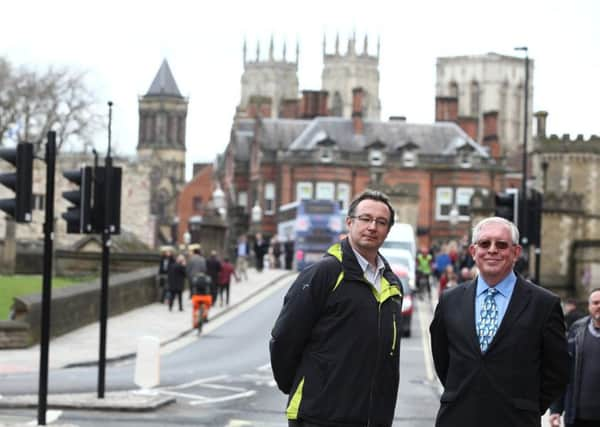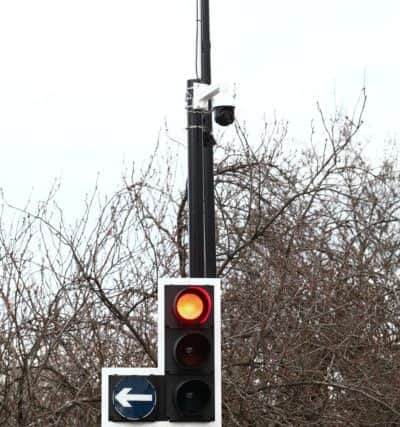Connected city: Sensors take data from cars and drivers in York to help traffic run smoothly


City of York Council hopes its pioneering approach to gathering data about where and when vehicles are travelling will allow it to tackle congestion and improve air quality without the need for new roads and expensive physical infrastructure.
The medieval city, whose constricted road layout is based on Viking origins, suffers congestion on many of its major roads and an average peak time vehicle speed of below 20mph.
Advertisement
Hide AdAdvertisement
Hide AdThe need to build hundreds more homes in the city every year and major proposed developments such as the York Central and British Sugar schemes are likely to place more pressure on a road network that has little scope to expand.


As of April 2018, six sensor sites on the A59 towards Harrogate between the city centre and its boundary will extract data from vehicles and their drivers’ mobile phones for analysis by the council’s monitoring officers.
The data, which will be collected anonymously, will be used to help make better decisions about traffic light patterns, to make the roads run more smoothly and speed up journey times. Decisions will be at first be taken by council officers but in the medium term this will be done automatically.
It is expected that the A59 pilot scheme, known as EBORACUM, will be expanded across York, making the popular tourist destination the first city in the UK where vehicle movements are managed through the use of data.
Advertisement
Hide AdAdvertisement
Hide AdAnd ultimately, the data harvested by the scheme will mean real-time information about traffic movements and car park availability can be passed back to the new generation of connected and ‘driverless’ vehicles.


Darren Capes, the city’s Transport Systems Manager, said the work already being done in York was to “get the city to the forefront” in the way it interacts with these vehicles.
He said: “This is not science fiction. We are already seeing very complex screens in vehicles. A Tesla (car) has a screen bigger than an iPad.”
Peter Dew, the city’s executive member for transport, said: “Our famous historic city hasn’t got the space for more road, so we have to use technology as much as tarmac to get our network fit for the whole of the 21st Century.
Advertisement
Hide AdAdvertisement
Hide Ad“What happens on York’s roads over the next couple of years will help to define how traffic is managed in the UK. This is a genuinely pioneering approach to making our roads safer and air cleaner, made possible by York’s digital infrastructure.”
City of York Council has received nearly £3m in funding from the Government for its Smarter Transport Evolution Programme (STEP), which will allow it to gather data from across the city and mix it with information gathered by private operators.
According to a council report: “STEP is a programme of delivery – not research – that will drive York towards being the first city in the UK truly ready for the coming revolution in managing whole city mobility, through new data and the gradual adoption of connected and autonomous vehicles, rather than traditional traffic control using road infrastructure.
“By applying technologies that are already in use in the UK in trials and deployments to a whole city, we will be able to maximise benefits and act as a beacon for other similar cities.”
Advertisement
Hide AdAdvertisement
Hide AdIn recent years, the council has been trying to discourage driving in the historic city centre by introducing park and ride and bus priority schemes, as well as keeping traffic lights green for longer for cyclists and pedestrians in favour of motor vehicles.
Mr Capes said: “In the coming years we are going to face some major challenges.
“We have proposals in the local plan for potential housing developments around the city. We have an awful lot of challenges and there is very little potential for building new roads.
“This is starting to build technology that allows the city to grow in a way that it should grow.
“It is about squeezing more capacity out of the road network. The city does face challenges that we can’t build our way out of.”